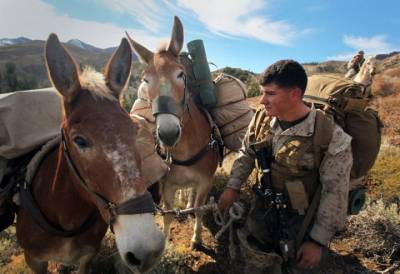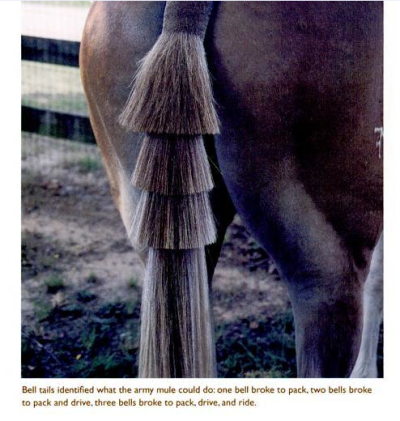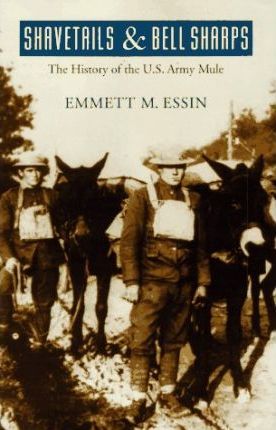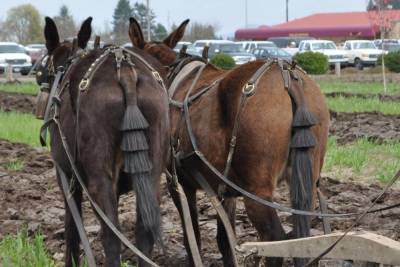This is an old revision of the document!
Visual Management... and Mule Tails

A mule is the offspring of a male donkey and a female horse. The genetic mismatch of these species causes sterility, but the hybrid creates a pack animal that combines a horse’s strength and intelligence with a donkey’s sure-footedness and endurance. In addition, a mule’s hide and hooves are tougher than a horse’s, and along with their tolerance of poorer coarser foods and abilities to tolerate arid terrains, endure heat better. Mules can carry heavier loads for longer distances, and eat a third less than horses doing the same work. On the downside, mules are temperamental (e.g., the phrase “stubborn as a mule” and “kicks like a mule” reflect hard learned experiences).
Mules have been used as pack animals, plow animals, to pull wagons, and even for riding. In addition to civilian use, mules have long been a staple of almost every major army in the world. Their usefulness has continued into the 21st century as the United States Marine Corps has conducted an 11-day Animal Packers Course since the 1960s at its Mountain Warfare Training Center located in the Sierra Nevada near Bridgeport, California. During the Soviet–Afghan War, the United States used large numbers of mules to carry weapons and supplies over Afghanistan's rugged terrain to the mujahideen. Use of mules by U.S. forces has continued during the War in Afghanistan.
It should come as no surprise that with such widespread use, people needed a quick and easy way to visually identify the level of training that a mule had.
As the story goes, when the US Army used horses and mules as their main form of transportation in the military service, as a new mule was brought in with no training, the head (top) of its tail was shaved. This type of mule was known as a “shave-tail”, and had no training.
Obviously mules in the army had a job to do, and these “shave-tails” had a lot to learn. By the time this mule had learned to find its saddle and carry a pack, its tail hair had grown back. Once it was a competent pack mule, its tail was trimmed in a tassel or bell shape at the bottom of the tailbone.

Later on when the mule had also learned to drive in harness and pull a wagon or other equipment, a second bell was trimmed below the first.
And when the mule had learned to carry a rider, a third bell was trimmed below the second. So a “three-bell” mule was a dependable, well-trained mule that could be used for packing, driving or riding.
In this way any cavalryman could easily tell which mules to pick from the corral for the job at hand. If the mule had a shaved tail, you didn't want to take it out for the job. If the mule had one bell, it could pack. If it had two bells, it could pack and drive, and three bells could do any of the three jobs you needed.
| Visual Indication | Level of Training |
|---|---|
| Shaved head of tail | Untrained / unpredictable |
| 1 bell trimmed into the tail | Broke & trained to pack |
| 2 bells trimmed into the tail | Broke to pack & drive |
| 3 bells trimmed into the tail | Broke to pack, drive, and ride |
BTW, this is why a new lieutenant (i.e., a 2nd lieutenant) was known as a “shave tail”.. unpredictable until known better. 
For more information read: Shavetails and Bell Sharps : History of the U.S.Army Mule




